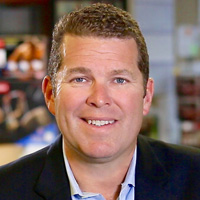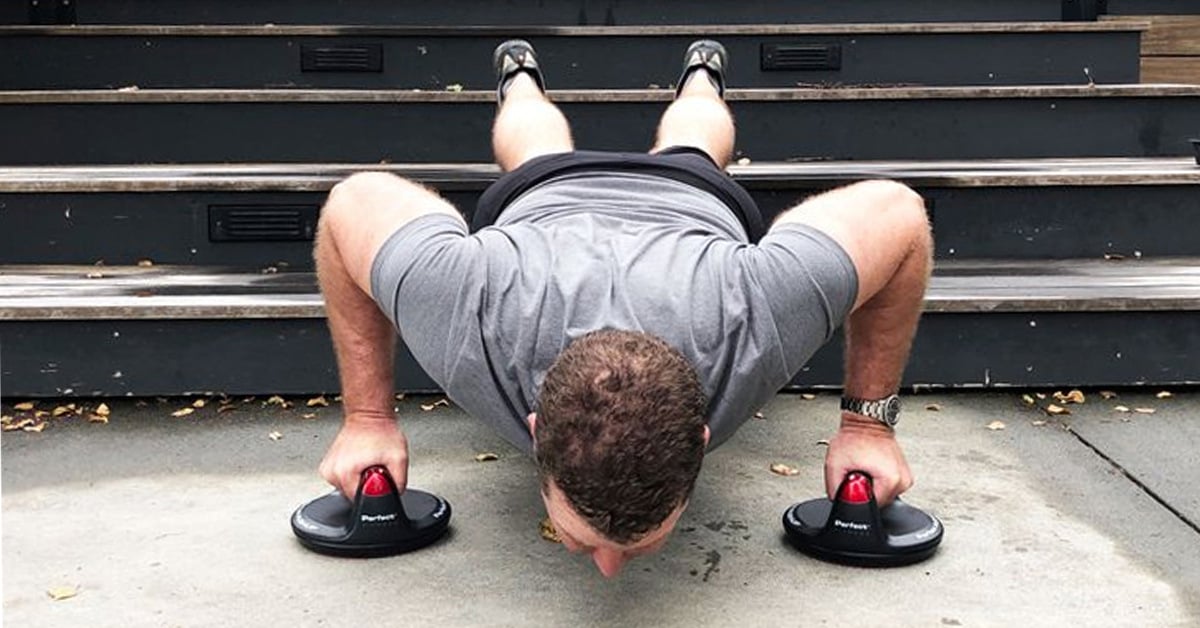The biggest obstacle to personal and team success is the ego. It can lull us into thinking we are better than we are, it can block us from accepting better ideas, and it can turn away the very people who could help us succeed.
Wooden’s first rule is simple: “Check your ego at the door.” When you’re part of a team, it’s important to remember that you’re not the only one who matters. Other people are relying on you, and you need to be able to work together.
Second, Wooden says, “Accept constructive criticism.” No one is perfect, and we all need to be open to hearing feedback on our work. It can be difficult to hear criticism, but it’s important to remember that it can help make us better.
Third, “Give credit to others.” If someone helped you achieve success, make sure to give them the credit they deserve. There’s no need to take all the credit for yourself.
Fourth, “Be coachable.” This one is similar to the second rule, but it’s important to remember that you can always learn and grow. Be open to new ideas and ways of doing things.
Lastly, Wooden says, “Don’t be afraid to fail.” Failure is a part of life, and it’s important to remember that it’s not the end of the world. It can be a learning experience that helps you grow and become better.
These are just a few of John Wooden’s rules for overcoming the biggest obstacle to personal and team success. In building a team, a team leader’s first order of business is understanding her strengths and weaknesses. The better a leader knows herself, the more readily she can surround herself with people who possess complementary strengths and perspectives.
No One Person Can Do It All
The challenge is to overcome our self-centered thoughts and to willingly accept that other people can have better ideas. In many cases when I’ve failed, the failure has occurred because my ego got in the way of listening to different points of view and truly understanding the potential outcomes.
It might sound as though all you need to do is get a group of people with different skills together, and—presto!—you have an unstoppable team. But building unstoppable teams is challenging.
For one thing, our egos, our pride, and our insecurities may prevent us from seeing where our true powers (and our real weaknesses) lie. Second, it’s not always easy to recognize other people’s superpowers. Third, it can be a challenge for individually gifted people to see the benefit of working with others to accomplish a common goal.
John Wooden Coached Team Players, Not Individual Superstars
The most successful teams of all time aren’t always the most famous ones, nor are they always driven by a central superstar. To the knowledgeable sports fanatic, John Wooden’s UCLA basketball teams are the gold standard of sports success. In twelve years, Wooden’s teams won ten NCAA titles, including a remarkable seven in a row. No team since has won more than two consecutively.
Coach Wooden often spoke about his coaching philosophy. He thought of himself as a teacher, and along with a focus on getting his team into top condition, he wanted his players to experience peace of mind—knowing that they’d given their best efforts; he also celebrated them as team players, not as individual superstars.
Though he spoke in detail about building championship teams, there is one topic he never discussed with his teams: winning. He didn’t want his teams focused on winning; he wanted them focused on giving their best efforts for the team, respecting each other, and eliminating ego from play. He reminded his players constantly, “Much can be accomplished by teamwork when no one is concerned about who gets the credit.”
Empower People to Achieve Their Highest Potential
Empowering teams can be challenging, because it requires the leader to let go, to relinquish control so that others can step up, make decisions, and take control as well. For those who are insecure, proud, egotistical, or selfish, sharing one’s power is a foreign and terrifying concept. As a leader, one’s role is to grow one’s people to achieve their highest potential.
In Wooden’s case, he not only empowered his players to make decisions on the court, but he also gave them the responsibility of coaching each other. “It was the job of my captains to keep the other players up to par, both in their physical conditioning and their sense of team play,” Wooden said. “I never had to worry about whether my team was ready to play.”
In today’s business world, the most successful leaders are those who empower their teams to be the best they can be. When you surround yourself with people who complement your strengths and weaknesses, you create a team that is much more than the sum of its parts. And when you give your team the freedom to experiment, make mistakes, and grow, you create an environment in which everyone can thrive.
The next time you find yourself facing a challenge, ask yourself: Who can help me overcome this obstacle? Whose perspective can provide valuable insights? And most importantly, are my ego and my pride getting in the way of building an unstoppable team? In case you missed it, see also “Educate and Empower Teammates for Bigger Leadership Roles.”
Learn More About Building Unstoppable Teams
Unstoppable Teams: The Four Essential Actions of High-Performance Leadership
Unstoppable Teams is the handbook for how to build care-based teams that will push people to achieve more than they ever thought possible.





